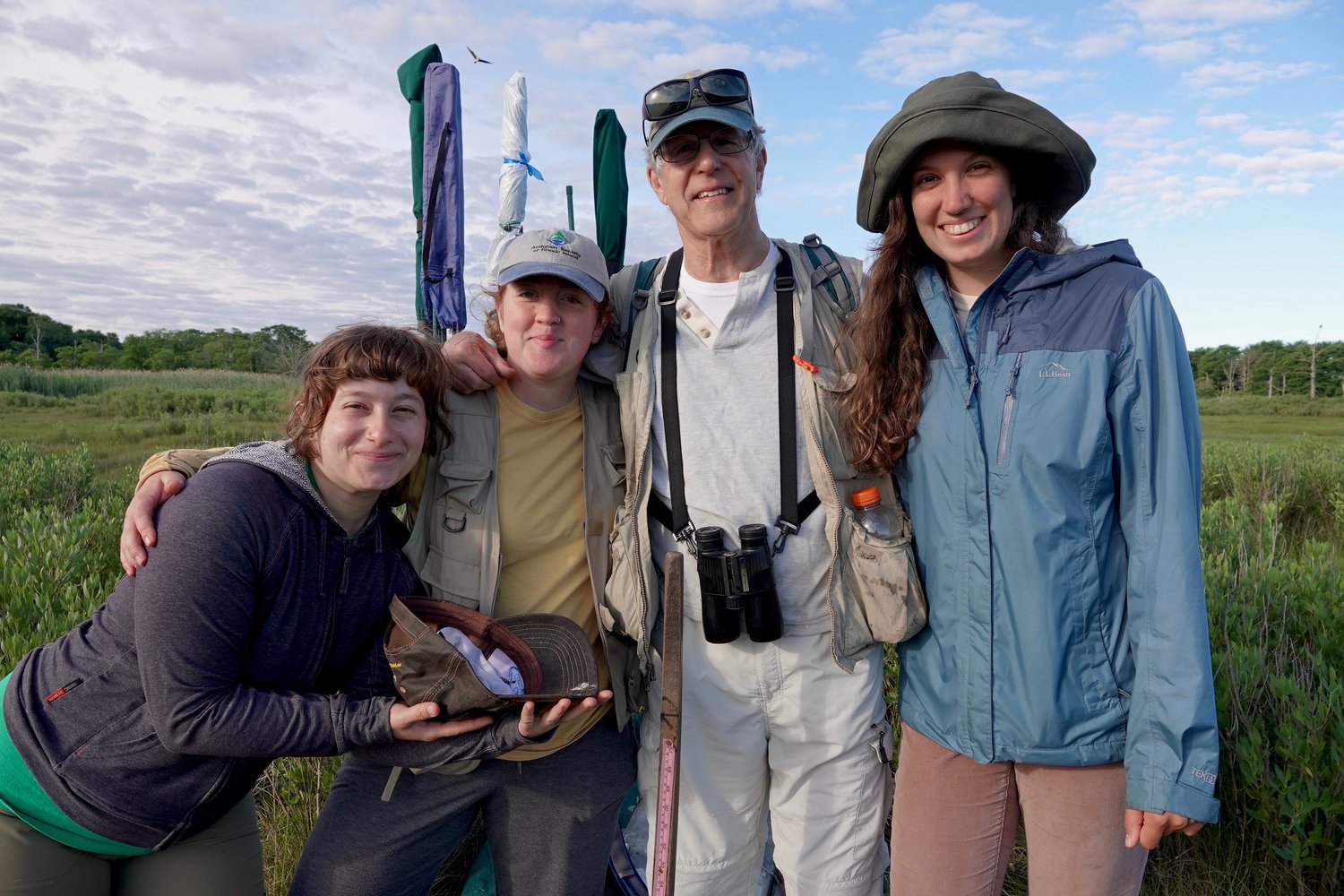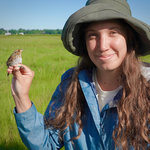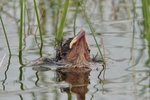Saving the Saltmarsh Sparrow
Plight of threatened bird has larger implications
The Saltmarsh Sparrow has nested in low-lying salt marshes in the Northeast for thousands of years. Climate change and rising sea levels now threaten their existence.
This item is available in full to subscribers.
Please log in to continue |
Register to post eventsIf you'd like to post an event to our calendar, you can create a free account by clicking here. Note that free accounts do not have access to our subscriber-only content. |
Day pass subscribers
Are you a day pass subscriber who needs to log in? Click here to continue.
Saving the Saltmarsh Sparrow
Plight of threatened bird has larger implications
The consequences of sea level rise spurred by climate change are sometimes difficult to envision in tangible ways. But for Jessica Szpila, those consequences are clearly seen, up close and personal, in the devastating image of a flutter of sparrow chicks that drowned following their nest being inundated with sea water.
“Those chicks were two days from fledging,” she said. “If they only had two more days before the water reached their nest height, they would have made it.”
A ‘canary in the coal mine’
Ms. Szpila is a junior at the University of Rhode Island going for her bachelor’s degree in wildlife and conservation biology. She has spent the past summer at Jacob’s Point in Warren participating in the URI Coastal Fellows Program, in collaboration with the Saltmarsh Sparrow Research Initiative of Rhode Island, studying the Saltmarsh Sparrow — a nearly endangered species of sparrow that breeds exclusively in salt marshes from Maine to New Jersey.
For millennia, these sparrows have built their nests in the low-lying salt marshes, timing their reproduction in such a way that they can nest, hatch and raise chicks into fledglings between high tide periods. But due to the recent trend of sea level rise, areas that were once safe for nests have become more frequently flooded at irregular times, leading to a rapidly declining population that is on track to render the birds extinct by 2050, and possibly as early as 2035, according to experts.
“If they do go extinct they probably won’t be the last to go extinct due to climate change,” Ms. Szpila said. “Our goal is to figure out why it’s happening and see if we can prevent it from happening in the future.”
Although the plight of a single species of bird may not seem to be such a huge deal to the average person, the larger implications for the health of the Saltmarsh Sparrow are significant.
Salt marshes play an integral role in the overall health of coastal communities, and particularly in Rhode Island, where they filter pollution, act as natural barriers from flooding, and support hundreds of species of fish, birds and other wildlife that form a foundational pillar for the state’s fishing industry and larger economy. According to Save the Bay, 70 percent of commercially sold fish depend on salt marshes for survival.
Ms. Szpila described the Saltmarsh Sparrow as an indicator species — meaning that if the health of the sparrow population that has specifically adapted to thrive in a salt marsh habitat shows signs of degradation, it has larger implications for the health of salt marshes, and the entire environment, as a whole.
“I don’t think people understand how important this is,” she said. “It’s a very emotionally charged job in some ways but I think that’s part of what makes me feel even more passionate about it. I feel connected to the fate of the birds because ultimately these same problems are going to affect us as well.”
A sign of hope?
Throughout her fellowship, Ms. Szpila ventured out into the marsh at Jacob’s Point to observe the sparrow population and record scientific data. She learned under the guidance of Steven Reinert and Deirdre Robinson, co-directors of the Saltmarsh Sparrow Research Initiative, which has been conducting self-funded research on the Saltmarsh Sparrow since 2016.
Over the years the group, assisted by different iterations of student volunteers and interns (like Ms. Szpila), has identified 244 nests. They take note of each nest’s elevation and success rate, as well as capture and identify chicks and adult birds with unique colored and aluminum bands to keep track of the health of the population and take note of birds that had returned to the area throughout multiple years. They have catalogued roughly 90 sparrows making a living at Jacob’s Point over the course of five years.
For Ms. Szpila, the experience has led to some difficult moments, such as the example in the intro of this story where she came across a nest of deceased chicks that were helpless to prevent the ocean from overcoming them.
But she observed some interesting moments as well that encouraged more optimism about the sparrows’ ability to possibly adapt and overcome their changing environment.
Of the 91 nests she helped identify during this past summer, as many as 15 were found at an elevation higher than researchers would expect.
“That has not been seen in the past,” Ms. Szpila said. “It could be that they just went unnoticed and some of them were always nesting at higher elevation, but it could also show that they have been adapting traits that make those that nest at higher elevations more likely to survive.”
Most fascinating was that as many as 25 percent of the sparrow population at Jacob’s Point were found using a plant called high tide bush for nesting, which Mr. Reinert said has not been documented at any other observation site for these birds.
Still, Mr. Reinert said that the data collected from their five-year study would be insufficient to make any kind of conclusions regarding whether or not the sparrow was adapting to its changing environment.
“Does that suggest they’re catching on? It’s too early to say,” he said. “But we’ve already documented that, at least in this population, the highest possible nest sites are being used to a greater proportion than at other study sites.”
Even if the birds are rapidly adapting to their changing environment, it remains a race against time and a rising tide.
“I guess the question is will they do it at a rate that is fast enough to keep up with sea level rise?” Ms. Szpila pondered.
What now?
Studying this phenomenon — observing a species potentially adapting its reproductive behavior in the midst of a life-threatening change of habitat in real time — is so fascinating to Ms. Szpila that she wishes to make it the subject of her senior thesis. She said that she wants to go forth and earn her PhD and then stay in academia to further her involvement in the field.
Mr. Reinert said that the Saltmarsh Sparrow Research Initiative is weighing its options now that its five-year study has come to an end. He said there is a lot of scientific reporting to be done on the data they have collected, which will be a boost for a species that he says has been chronically understudied in Rhode Island.
“No one has studied the species in a Narragansett Bay marsh for 40 years,” he said. “This will be a critical study to document what’s happening along Narragansett Bay.”
Even though the outlook can seem bleak at times, and the monumental scale of climate change may render some to feel powerless, Ms. Szpila is encouraged by her work in the field — even the parts that are hard to stomach.
“You definitely need to be strong to work in this field but I also think it’s important to feel things. And feel the loss,” she said. “I think that’s what motivates people to make change and prevent this from happening in the future, if possible…I do think there’s hope. I really do.”











